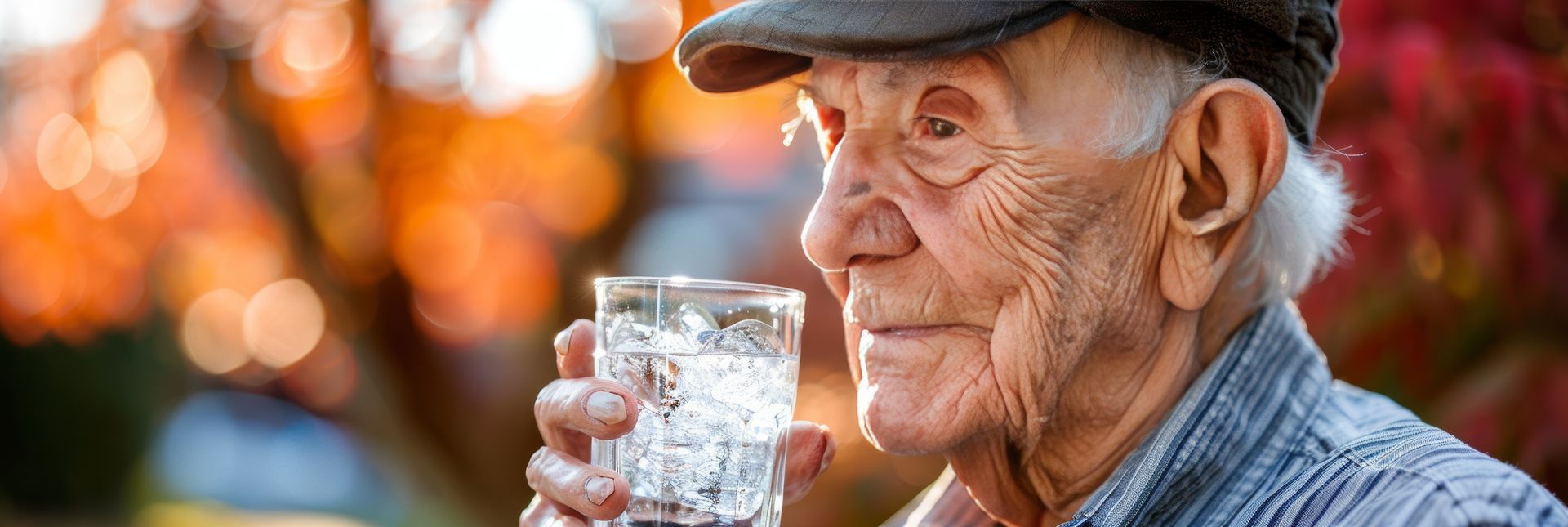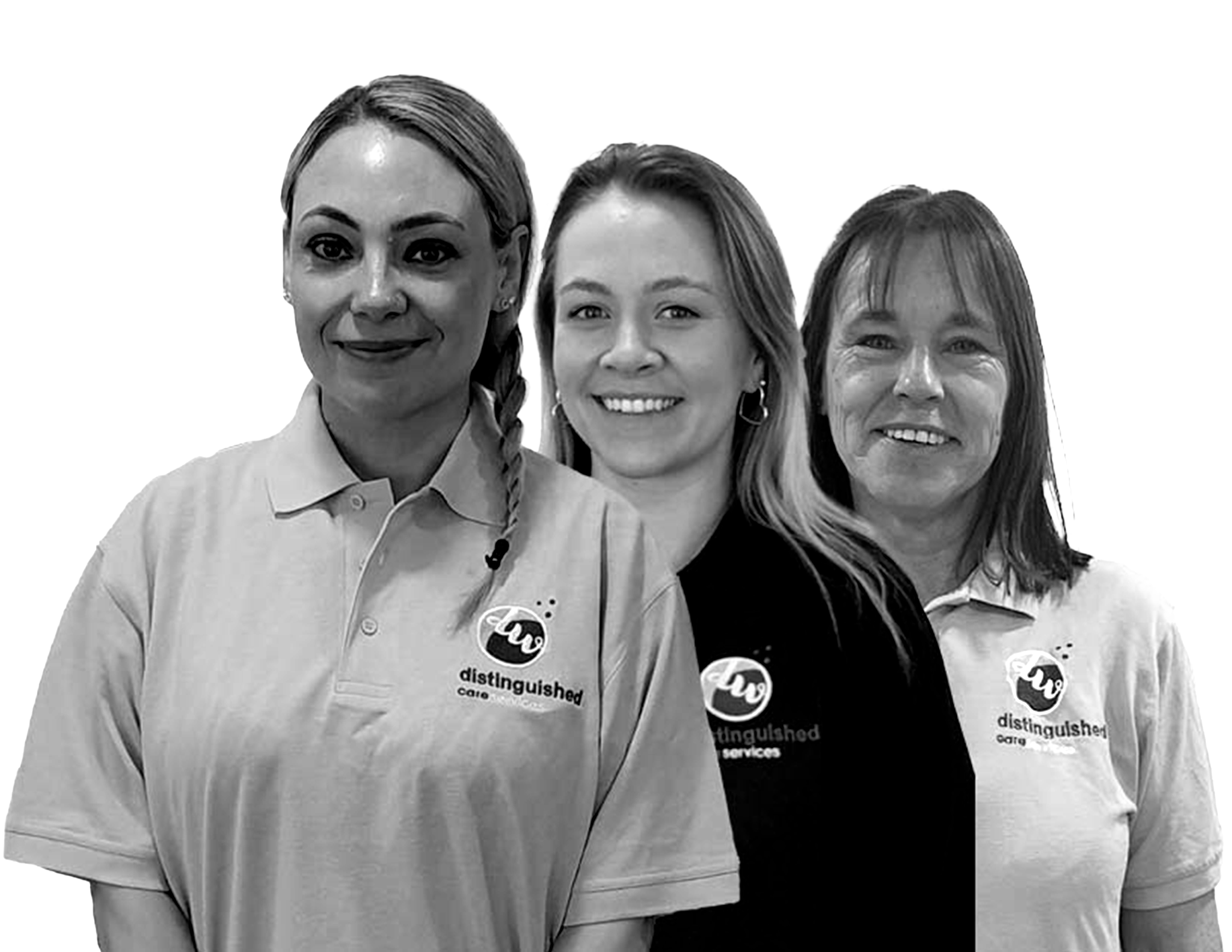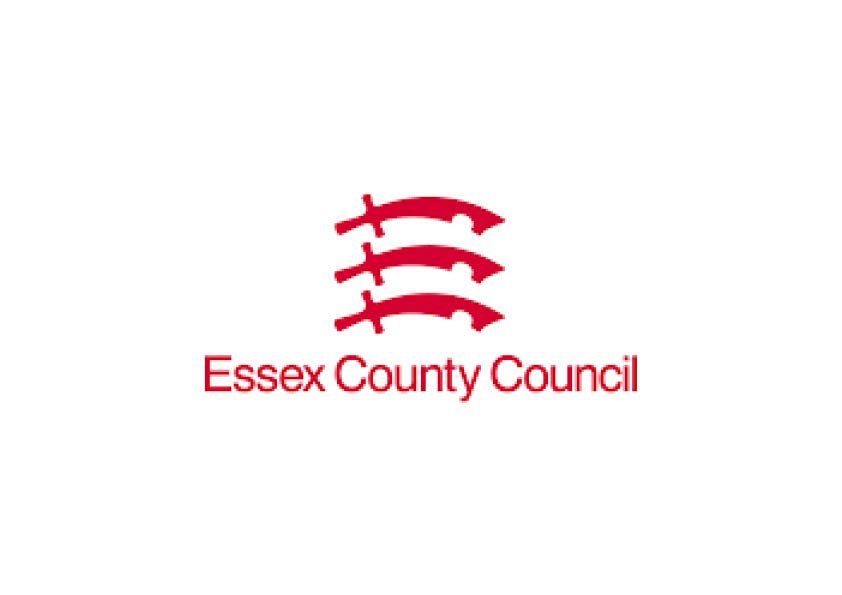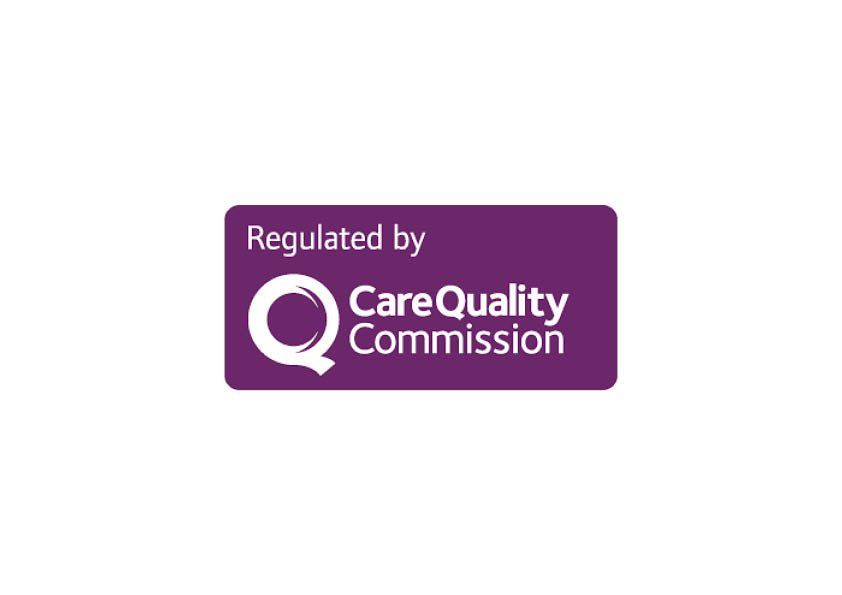Understanding Elder Abuse Types
1 in 10 persons aged 60 or older have suffered from at least one type of elder abuse.
The 7 Different Types of Elder Abuse
When someone with power over an elderly person intentionally harms them or puts them at risk of harm, their actions — or lack of action — are considered elder abuse. Elder abuse isn’t just one action or inaction and it can take many forms.
The 7 types of elder abuse are:
- Neglect
- Physical abuse
- Sexual abuse
- Abandonment
- Emotional or psychological abuse
- Financial abuse
- Self-neglect
All types of elder abuse can lead to devastating consequences, including physical and/or emotional harm and even death.
It is key for older people and their loved ones to know about all elder abuse types. They can use this knowledge to prevent abuse from happening or stop it before severe harm occurs.
Quick Facts About Elder Abuse Types
- The types of elder abuse go beyond physical and emotional harm. Elders can suffer from sexual assaults, financial exploitation, abandonment, and more.
- Most types of elder abuse are committed by trusted individuals, like family or nursing home staff.
- Elders can sometimes mistreat themselves through self-neglect.
- Elders are more likely to self-report financial exploitation than emotional abuse, physical abuse, sexual abuse, or neglect.
- Psychological abuse is the most common type of elder abuse.
Physical Elder Abuse
Physical elder abuse is the intentional use of force against an elderly person. It includes hitting, shoving, kicking, or physically restraining an older adult.
Signs of physical elder abuse include:
- Cuts or scrapes
- Broken bones
- Bruises
- Burns
- Dislocated joints
- Head injuries
- Sprains
There are also signs beyond the injuries themselves that could mean an older person has suffered from physical abuse.
These signs include:
- A pattern of hospitalisation for the same or similar injuries
- Delayed medical care for an injury
- Poor explanations for the elder’s injury from care providers
- Trips to different emergency rooms (to possibly avoid suspicion)
If an older person you love has been injured, make sure to ask caregivers how the injury happened and if it’s being treated promptly. Any uncertainty could mean that the injury stems from physical abuse.
Sexual Elder Abuse
Elder sexual abuse is forced or non-consensual sexual contact of any kind with an older adult. This includes sexual interactions with elders with dementia, Alzheimer’s, or other cognitive disabilities that prevent them from giving consent.
Warning signs of elder sexual abuse include:
- Bleeding from the anus or genitals
- Bruised genitals or inner thighs
- New sexually transmitted diseases or infections (STDs/STIs)
- Pain in the anus or genitals
- Pelvic injuries
- Problems walking or sitting
Elders can be sexually abused by anyone, including nursing home staff, residents, in-home carers, friends, and family members.
Elder Neglect
Elder neglect happens when a caregiver fails to protect an older adult from harm, resulting in serious injuries or illnesses.
Cases of elder are not honest accidents. Rather, they are the result of carelessness or a lack of regard for an older person’s health.
Signs of elder neglect include:
- Dehydration and/or malnutrition
- Inadequate or unclean clothing
- Lack of food in the home/long-term care facility
- Lack of needed medical aids
- Poor personal hygiene
- Unclean or unsafe home/long-term care facility
- Unpaid bills
- Untreated infections or injuries
- Weight loss
Neglect can lead to serious health problems, including bedsores, sepsis, and even death. Unfortunately, neglect a particularly high risk in assisted living facilities with staffing issues.
Elder Self-Neglect
Self-neglect happens when an elderly person is no longer able to meet their basic daily needs, and they suffer as a result.
An older person may be suffering from self-neglect if they can’t:
- Drink or feed themselves without help
- Dress themselves
- Maintain basic hygiene
- Maintain their home
- Manage financial affairs
- Properly address their medical needs
Many older adults struggle with letting go of their independence or acknowledging that they may not be able to care for themselves.
However, if an older person has caregivers or lives in a nursing home, then self-neglect should not be occurring. In these cases, a caregiver may be committing neglect.
Elder Abandonment
Sometimes paired with neglect, elder abandonment happens when someone who cares for an older person intentionally deserts them.
The former caretaker may leave the elder at a hospital, nursing home, or another care facility without any formal arrangement, or with relatives who did not agree to be caregivers.
Someone may be the victim of elder abandonment if they are alone and:
- Appear confused, lost, or scared
- Have poor hygiene
- Seem frail, malnourished, or dehydrated
Regardless of the situation, elder abandonment can lead to a great deal of confusion and pain — and put their physical health at risk.
Emotional Elder Abuse
Psychological and emotional abuse are intentional acts that inflict mental pain, fear, or distress on an elder.
Emotional abuse can take many forms. For example, caregivers may belittle elders, call them names, or threaten them. But it’s not just name-calling – caregivers may even cut off older people from loved ones or resources.
Signs of emotional and psychological abuse in elders include:
- Appearing depressed, withdrawn, or scared
- Avoiding eye contact
- Different eating or sleeping patterns
- Isolation from friends and family
- Low self-esteem
- Mood swings
- Sudden changes in behaviour/personality
Emotional and psychological changes can often go hand-in-hand with other types of elder abuse, such as physical harm or neglect. This means it’s key to check on your loved one’s overall health if you notice signs of emotional abuse.
Financial Elder Abuse
Elder financial abuse is the illegal, unauthorised, or improper use of an older individual’s resources. Care staff, family, or even strangers can all commit elder financial abuse.
Warning signs of elder financial abuse include:
- A pattern of missing belongings or property
- An elderly person who does not know or understand their own financial situation
- Cancelled checks or bank statements that go to someone other than the elder
- Changes to an older person’s power of attorney or bank accounts
- Eviction notices
- Evidence of unpaid bills
- Someone showing unusual interest in how much money an elder is spending
- Withdrawals the elder could not have made
According to a study of Elder Financial Abuse, financial abuse costs elders an estimated £2.9 billion every year. It is the most commonly self-reported type of elder abuse.
What to Do If You Suspect Elder Abuse
Elder abuse can be committed by anyone: friends, family, care staff, or strangers. Because of this, it’s important to keep a close eye on your loved one’s well-being and take action if you think any type of elder abuse is occurring.
If you suspect elder abuse:
- Call 999 in an emergency: If you are worried that an elder is in immediate danger, call the police or 999.
- Check in with your loved one: Some elders may be hesitant or scared to bring up their abuse experience, but they may confide in you with gentle prompting.
- Keep in regular contact with your loved one: Elders who are socially isolated are at a higher risk of abuse.
- Take accusations seriously: Too many people neglect to believe elders when they tell loved ones about their abuse. Do not take elder abuse accusations lightly — make sure you get your older loved one the help they need.
Get Legal Help for Different Types of Elder Abuse
Discovering that someone you love is the victim of abuse can be devastating, especially when they are harmed by someone they trusted. All forms of elder mistreatment and abuse deserve to be taken seriously and addressed quickly.























